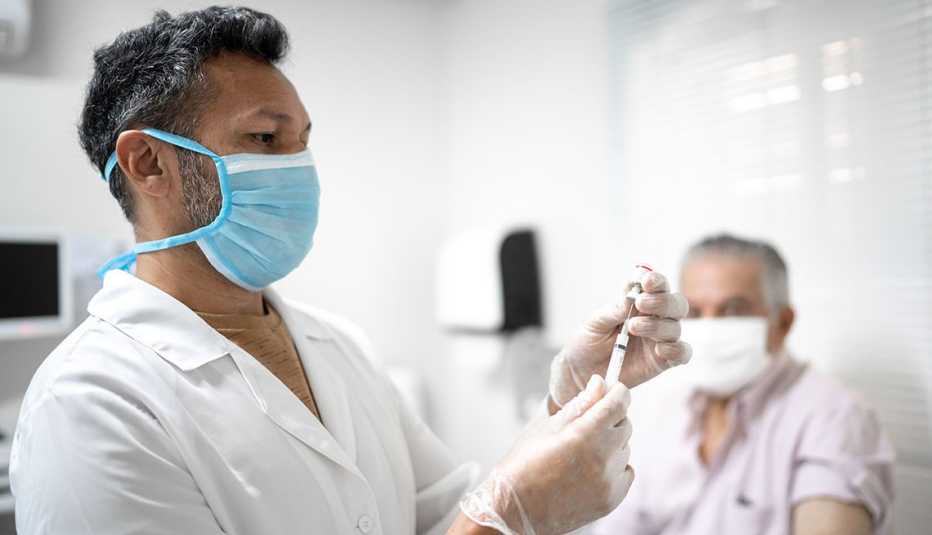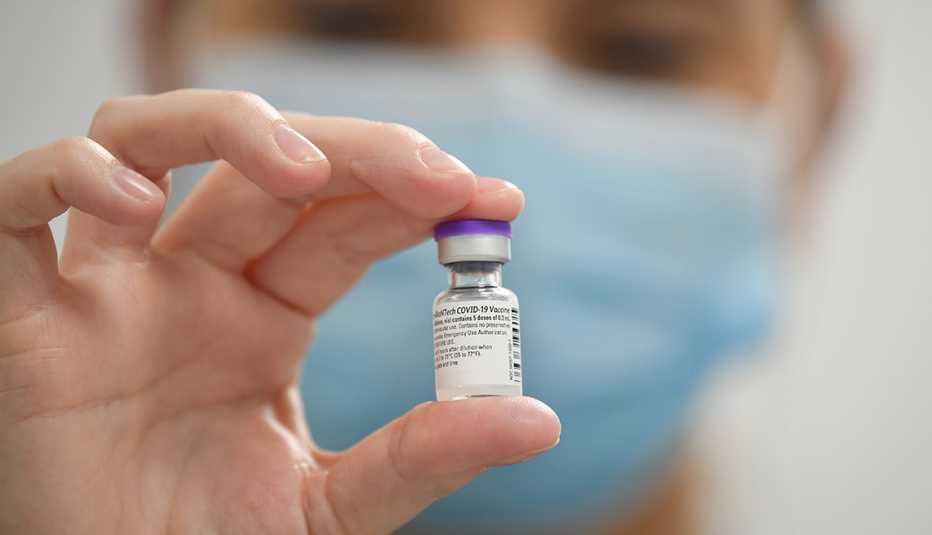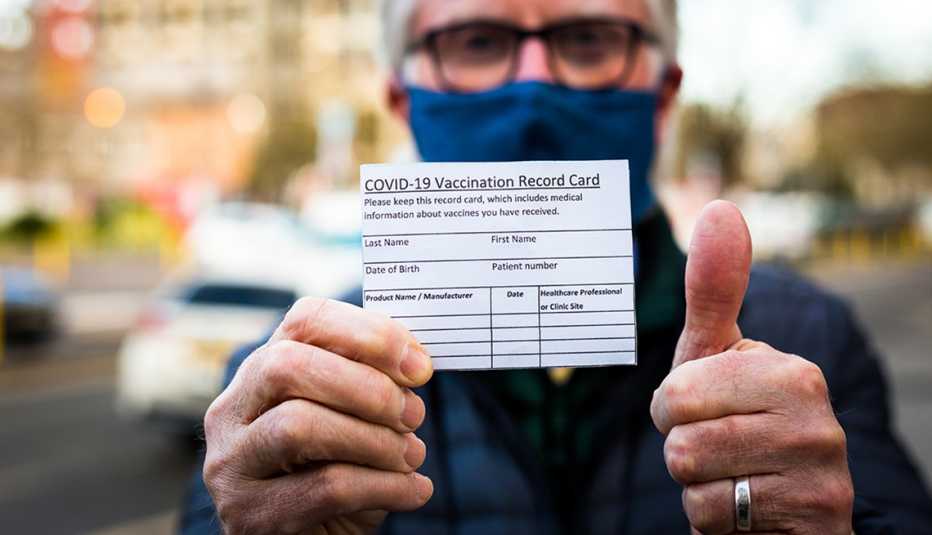Staying Fit
As the number of Americans getting a COVID-19 vaccine is rapidly escalating, a fourth one could be available in the United States if the federal government authorizes the use of a two-dose AstraZeneca product that revised company data shows is 76 percent effective in protecting against symptomatic coronavirus illness.
The new information from AstraZeneca's stage 3 clinical trials, released on March 25, also shows that the vaccine was found to be 85 percent effective among adults 65 and older — and like the other COVID-19 vaccines now available in the U.S., it was 100 percent effective in preventing hospitalizations and deaths from the virus. The trials included 32,449 participants, most from the U.S. but some from Chile and Peru.


AARP Membership— $12 for your first year when you sign up for Automatic Renewal
Get instant access to members-only products and hundreds of discounts, a free second membership, and a subscription to AARP the Magazine.
Hours after AstraZeneca had released its clinical trial results, the National Institute of Allergy and Infectious Diseases (NIAID) announced that it was notified by the Data and Safety Monitoring Board (DSMB) “that AstraZeneca may have included outdated information from that trial, which may have provided an incomplete view of the efficacy data.” DSMBs are independent panels of experts that monitor clinical trials. NIAID urged AstraZeneca to work with the monitoring board to review the effectiveness data and make sure that the most up-to-date information be made public “as quickly as possible.” In a statement issued early on March 23 the company said that the data it published on March 22 was an “interim analysis” that reflected clinical trial data as of Feb. 17. AstraZeneca officials said they have reviewed their data, that their “primary” analysis is consistent with the “interim analysis.” It released its updated results early on March 25.
As of March 24, 26 percent of the U.S. population has received at least one COVID-19 vaccination, and 70 percent of Americans age 65 and older have gotten at least one shot.
AstraZeneca's vaccine has been the subject of some recent controversy over reports of people getting blood clots after being inoculated. About a dozen countries in Europe temporarily halted using the AstraZeneca vaccine, but most have resumed its use after the European Medicines Agency — the equivalent agency of the FDA — said that the incidence of blood clots among people who had received the AstraZeneca vaccine was actually lower than the expected rate in the general population.
The company said that there were no cases of people getting blood clots after being inoculated during its clinical trials. But its news release did not list any side effects that occurred during the trials. A more detailed review of the safety results of the stage 3 trials is expected when AstraZeneca applies for an emergency-use authorization (EUA) with the U.S. Food and Drug Administration, which it says it will do within weeks.
An international view
The U.S. government has already contracted for 300 million doses of the AstraZeneca product and recently sent 4 million doses from the U.S. stockpile to Mexico and Canada. President Joe Biden said earlier this month of the three vaccines already approved in the U.S. that he expects there to be enough doses available to vaccinate all adults in the country by the end of May. Experts predict much of the AstraZeneca vaccine will be sent overseas.



































































